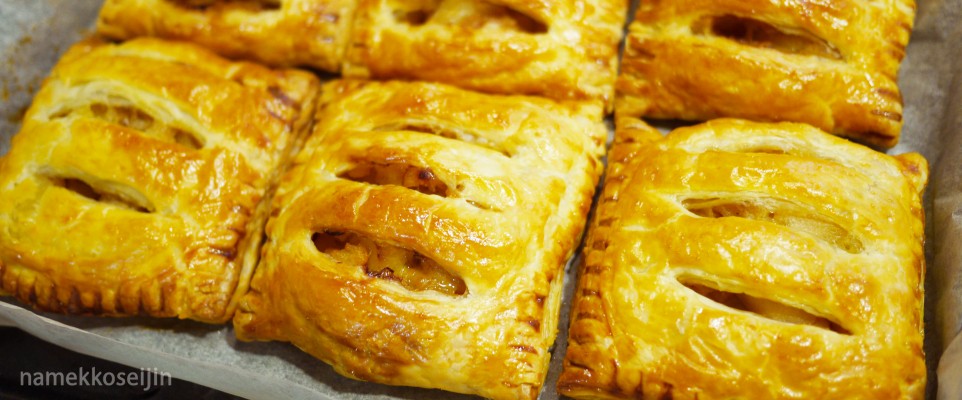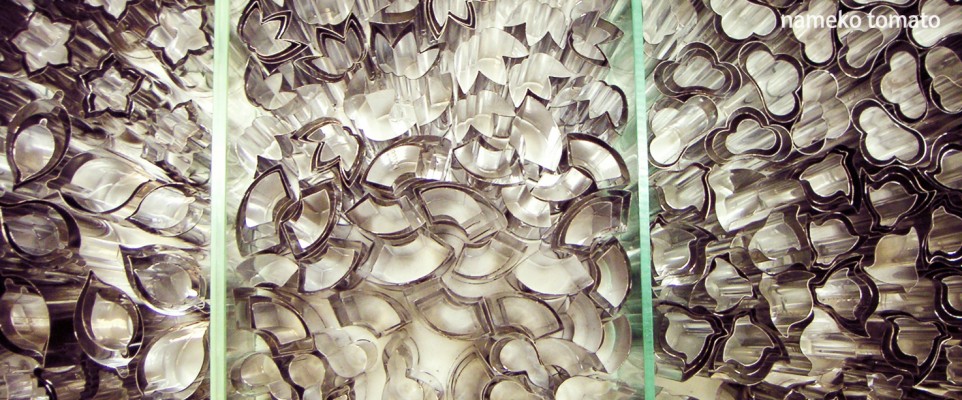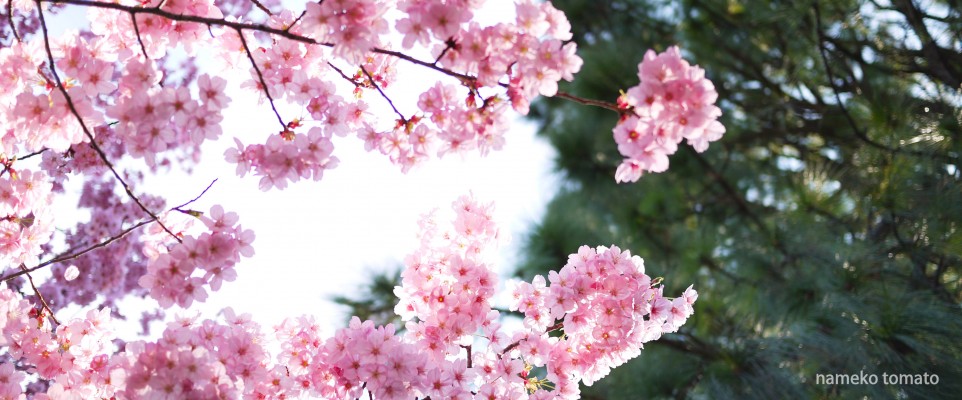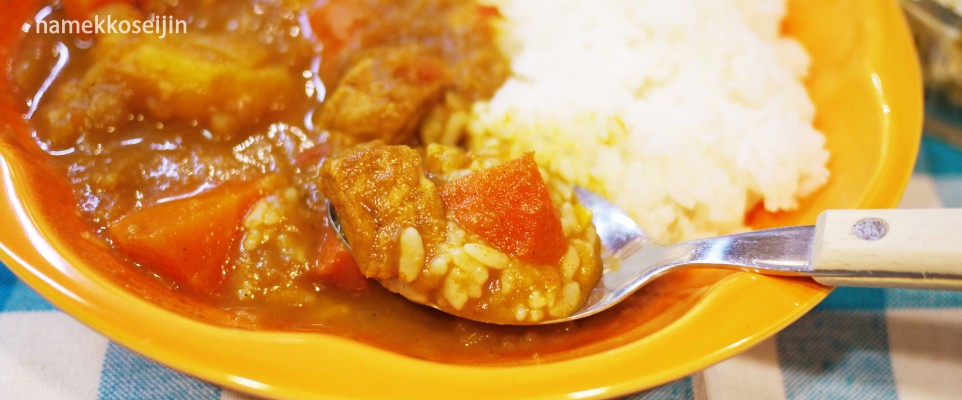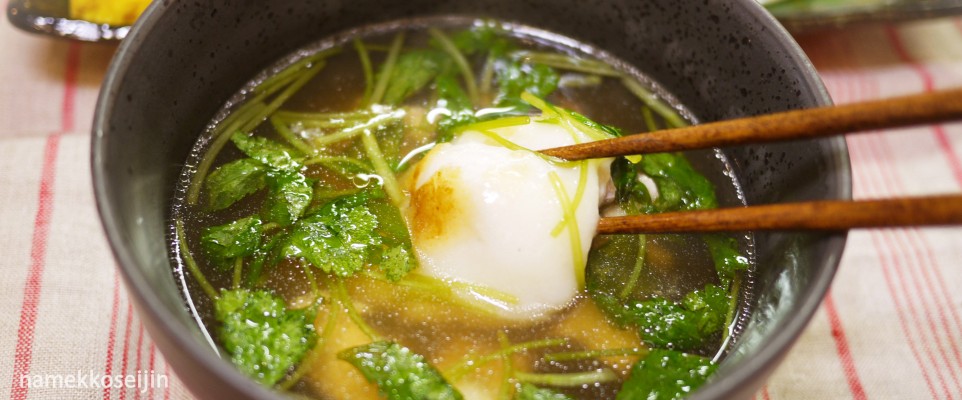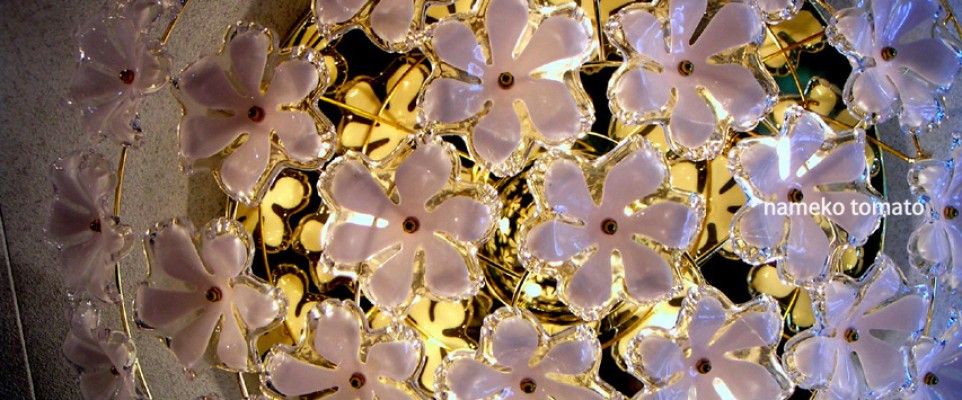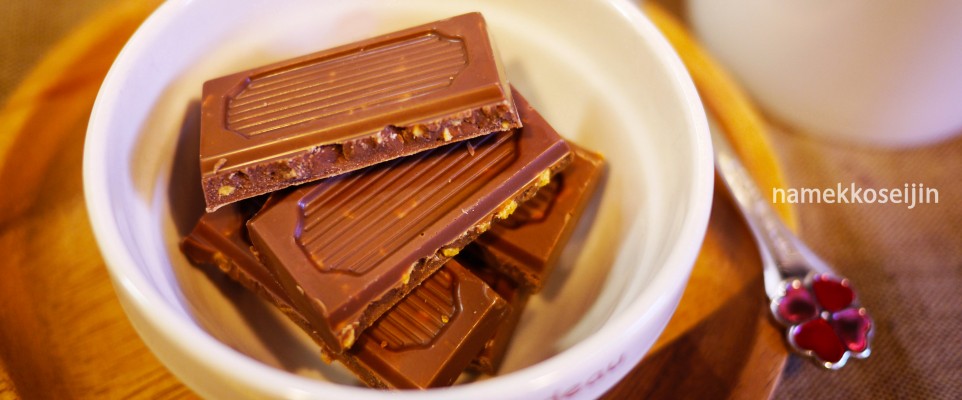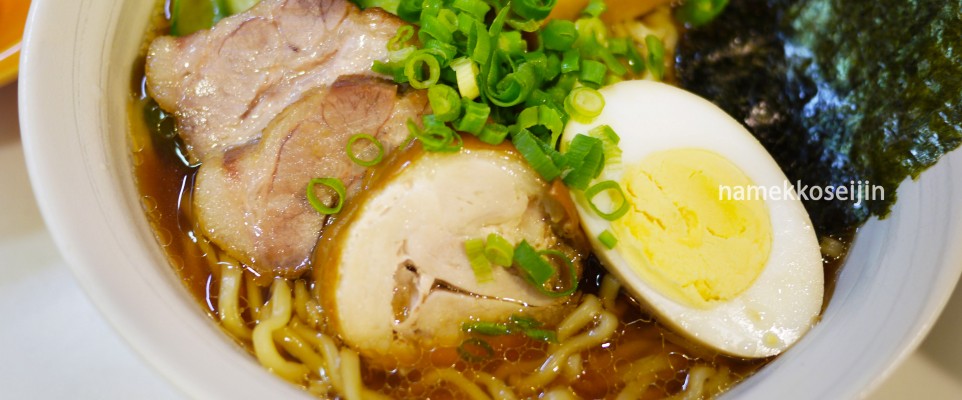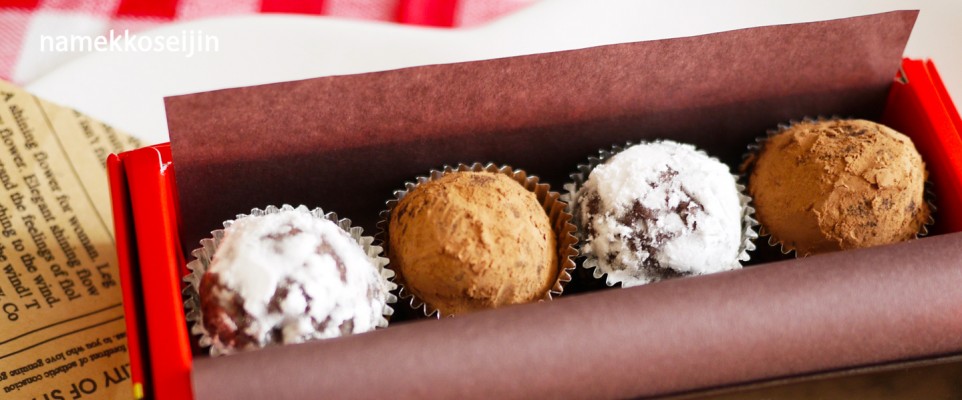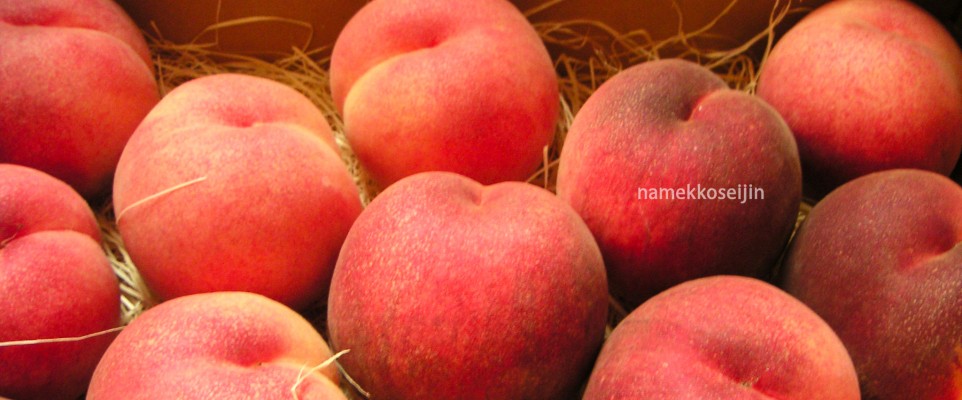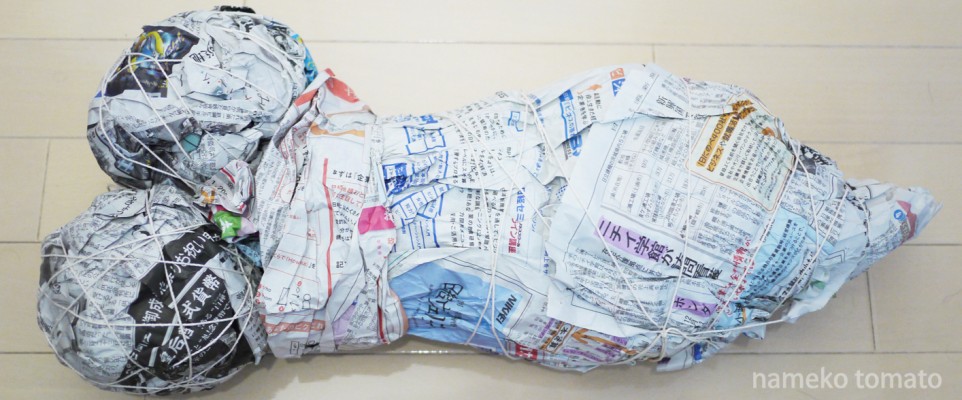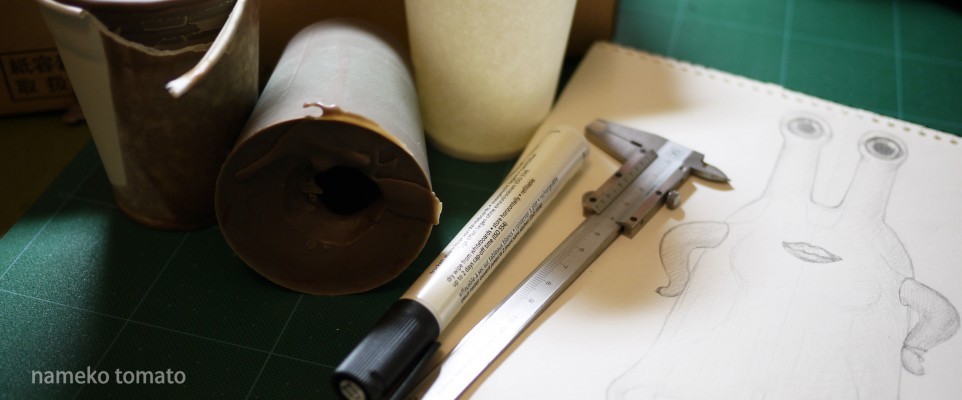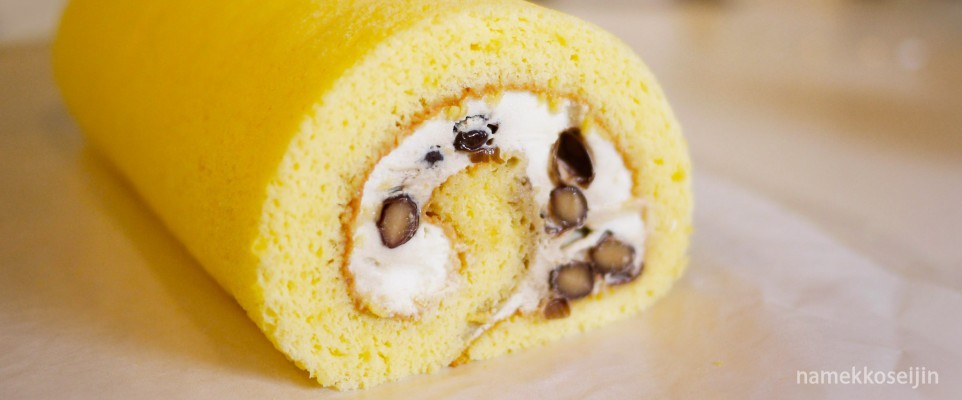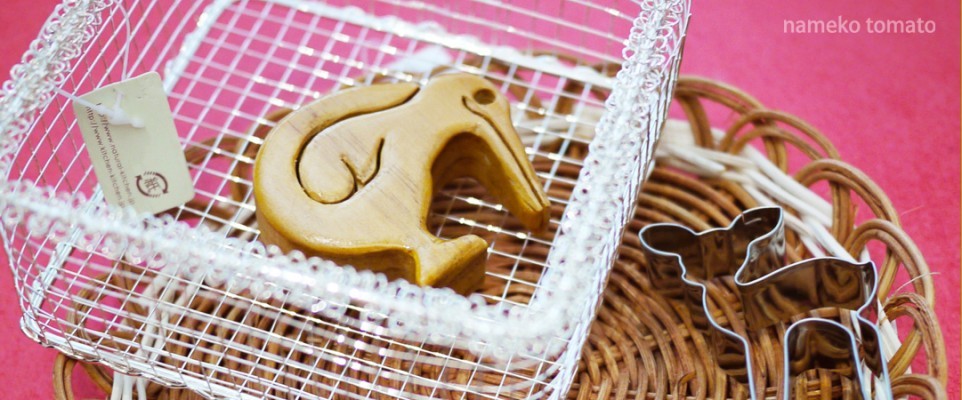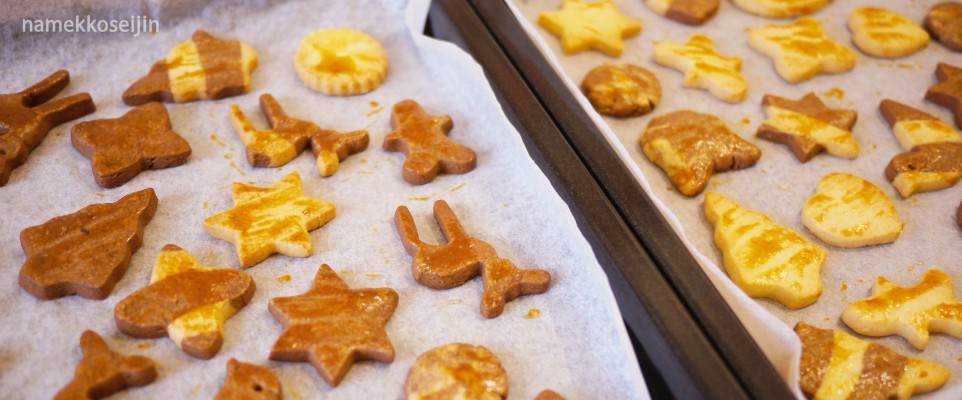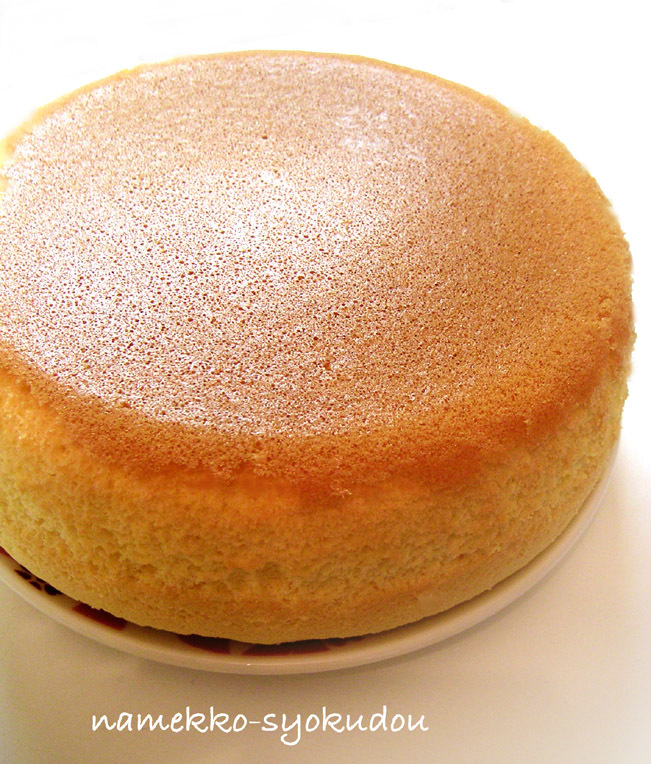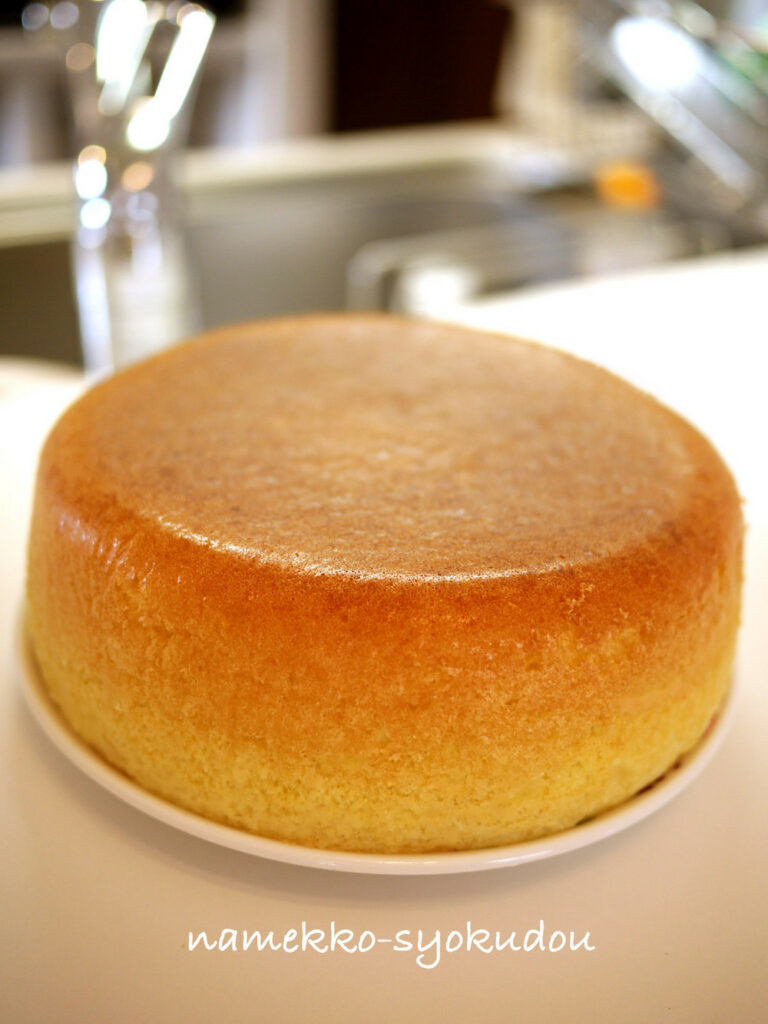Click here to read the article in Japanese.
(日本語の記事はこちら)
This is a detailed supplemental memo for my recipe “●Biscuit fluffy sponge cake in rice cooker●“.
To avoid accidents, be sure to read the “●Additional notes on rice cooker recipes in general●” as well before cooking.
I used to write in my Cookpad diary, but due to the number of characters and editing, I have moved it to this blog.
The recipes themselves have been updated as needed to make them less prone to failure.
The basic cooking method has not changed much from the first recipe, but I have changed the process of whisking the meringue to just before adding the flour.
This allows the meringue to be prepared while the foam is still firm, making it more difficult to make mistakes.
Compared to the oven, the rice cooker requires a longer heating time in normal rice cooking mode, so we used simple ingredients that are less likely to break air bubbles.
Even if no moisture or oil is added, the sponge become moist and fluffy by wrapping them in plastic wrap at the end to keep them well moistened.
When eggs are heated, steam is emitted, and if you make an effort to keep the steam from escaping, the result will be moist enough without the addition of milk, or oil.
↓ Please refer to the individual points below, which are written in summary form.
●About flour
◎For thin flour
Light flour is the most common type of flour, but it tends to form lumps, so it is important to sift the flour in advance. Sift the flour again just before mixing, and repeat adding and mixing a little at a time to prevent lumps from forming.
Light flour tends to lump more easily than rice flour, but there are also products on the market that prevent lumps, such as Ohmai’s “こんな小麦粉欲しかった”. Although it is not as lump-resistant as rice flour, when sifted, the flour falls off quickly and silently, and is relatively lump-free.
However, if the place of origin is not specified, it is likely that post-harvest pesticides have been used, as these are mainly imported products. If you are concerned about this, we recommend using organic light flour, organic rice flour, etc.
◎For rice flour
Joshinko, Jouyouko, and Riz Farine are all 100% non-glutinous rice flour. Joshinko can also be used to make sweets, but Joshinko and Riz Farine are finer and make the dough puff up more easily.
In recent years, some rice flours have been specialized for use in breads and cakes, where the dough tends to expand easily, so it is necessary to choose carefully.
The aroma, taste, fineness, consistency, and water absorption rate vary depending on the rice flour.
The best rice flour for sweets is “very fine-grained” rice flour that is clearly labeled “for confectionery.
It is best to avoid rice flour with no description of its use or milling method, or rice flour with grains that are rough to the touch.
The higher the water absorption rate of rice flour, the more moist the dough will be, but the less puffy it will be. Conversely, the lower the water absorption of rice flour, the more the dough will expand, but the more likely it will be dry.
Rice flour that puffs up and produces the most height when baked is not necessarily the best choice.
There are also disadvantages. There are a variety of rice flours available, so first try using various types and choose the one that best suits your taste and use.
I always choose one of the fine powdered organic rice flour for sweets and use it.
When baking, it smells like cooking rice, but the taste is almost the same as a sponge made with thin flour.
Moistness and elasticity are somewhat easier to obtain. Therefore, the sponge does not sink as easily when sliced and placed between fruits or decorated on top.
Another advantage is that the cross section is less likely to collapse when cut.
Rice flour is so fine that it only takes two taps in a sieve to have it all surged down to the bottom.
Since it does not clump easily while mixing, the number of times the spatula needs to be moved is reduced, and the dough can be baked with less excess air bubbles.
As a result, it is easy to obtain a fine texture similar to that of a Genoise sponge.
This time, the egg yolks and egg whites are whisked separately, so the raw dough is slightly stiffer than that of a Genoise, and it is difficult for large air bubbles to escape to the top.
Therefore, it is easier to get a beautiful finish by using rice flour and moving the spatula less frequently to reduce the risk of large air bubbles.
◎For pancake mix
Because it contains baking powder or other expanders, it may over-inflate if used. If you are making this sponge cake with half the amount, it will probably be fine, but do not use it for this sponge cake.
*It may blow out of the rice cooker and lead to accidents such as burns.
●Preparation of Cooking Utensils
Make sure that the bowl and cooking utensils are free of dirt and water droplets.
Dirt can cause poor foaming.
(Also wash and wipe dry when whisking egg whites after whisking egg yolks.)
*When whisking, always use a hand mixer.
If you make this without a hand mixer, the air bubbles tend to be coarse and the probability of failure is higher.
*If the inner pot has deteriorated and tends to stick to the surface, or if you want to brown it nicely, spread a thin layer of rice oil or butter on the inside.
●About sugar
Do not change the amount of sugar, even if you want to reduce the sweetness.
Sugar has the effect of making it difficult for fine bubbles to break down.
Conversely, adding too much sugar can cause the bubbles to become less foamy, so be careful.
If there is much or little, adjust the overall flavor balance with cream, fruit, etc.
Granulated sugar is fine, but I personally recommend sugar beets or cane sugar, which are relatively healthier.
It gives a full-bodied flavor and goes well with low-fat cream.
●About egg yolks
Egg yolks are warmed up is the basic rule.
So, if the room temperature is low and the egg yolks have just been taken out of the refrigerator and are not foamy, it is best to warm them slightly in a hot water bath.
And, be careful not to overheat it, as it will harden please.
●About egg whites
Egg whites should be cooled.
Be especially careful in the summer when the room temperature is high.
Before whisking, place the egg whites in the freezer until the surface of it is covered with a thin layer of ice.
If the room temperature is high, whisk the egg whites while placing them in ice water.
*If you whip the egg whites while they are warm, you will end up with coarse foam no matter how much you whip them.
Be careful not to whisk while the baked goods are still warm, as it will not result in a fluffy baked product.
When whisking while chilling, it is important to frequently use a hand mixer turned off to stir the egg whites from the bottom of the bowl.
When checking the firmness of the dough, mix the entire dough in large batches before checking the consistency, which will minimize mistakes.
●When combining the flours
Kneading is strictly forbidden, but do not be afraid to mix until lumps disappear.
Light flour is especially prone to lumps, so mix thoroughly with a spatula until the lumps are gone.
When the mixture is even on all sides and bottom of the bowl, it is ready to be used.
●When pouring dough
Be sure to pour the dough into the inner pot slowly and gradually from a high position.
By doing so, large air bubbles that may have formed during the mixing process will be stretched and disappear.
Pour the remaining dough into the bowl around the edges, avoiding the center, as it tends to puff up less.
After pouring, shake the dough slightly to smooth the surface. If it is difficult, you can use a spatula.
●After baking
If you insert a bamboo skewer along the wall of the inner pot and remove it by circling it, it is relatively easy to keep the beautiful browning on the bottom.
If you do not care about the appearance, tap the outside of the inner pot lightly all the way around with your hand before taking it out.
The sponge will bounce around inside the inner pot in small increments and separate from the inner pot, making it easier to remove.
After removing the sponge, wrap up as soon as possible.
It is too late to wrap it after it has cooled.
Once you open the lid of the rice cooker, work nonstop.
Refrigerate the sponge for a day to allow the moisture to blend in and bring out its true flavor.
Be sure to cut them while they are well chilled to prevent them from losing their shape.
That is all.
Homemade is simple in ingredients, but because there are no additives added, there are many important matters that cannot be written down in a recipe.
There may be some mistakes when you are not used to it, but I hope this will be of some help to you.
See here for a Genoise rice cooker sponge cake made by whisking the egg yolks and egg whites without separating them. ↓
https://note.com/namekotomato/n/nd23b72edc468
I usually cook this recipe, which is even simpler and easier to make than the method of separating the egg yolks and egg whites.
It has photos of all the steps and more detailed instructions.
Please take a look at it for reference.
I will continue to update this page as we notice it.
I think there are still some points that have yet to be reached, but thank you for your cooperation.
2024.7,12 Updated with more information about rice flour
|
|
〔本日も訪問ありがとうございます〕
何かございましたら、TwitterのDM(こちらかこちら)へお願い致します。
↓ ブログランキングに参加中。クリックしていただけると励みになります。
いつも応援ありがとうございます!
Thank you for visiting me today!
If you have any suggestions, please send me a message via Twitter (here or here).
↓ I am participating in the blog ranking. I would be very much encouraged if you click on the link.
Thank you for your support!![]()
人気ブログランキング
